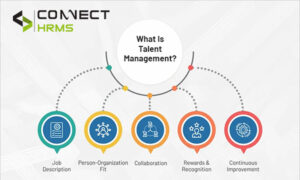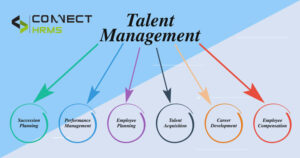
The Role of HRMS in Talent Acquisition and Recruitment
Human Resource Management Systems (HRMS) have become the secret heroes in the constantly changing world of talent acquisition and recruiting,

Human Resource Management Systems (HRMS) have become the secret heroes in the constantly changing world of talent acquisition and recruiting,

Attract, develop, and retain top talent with our best talent management solution Without skilled workers, any company cannot thrive. Without

However, as HR professionals and business leaders, we know that having a well-thought-out talent management strategy provides an organizational competitive

This article will direct you to “what is a talent management“, look at building a talent management strategy and best
WhatsApp us